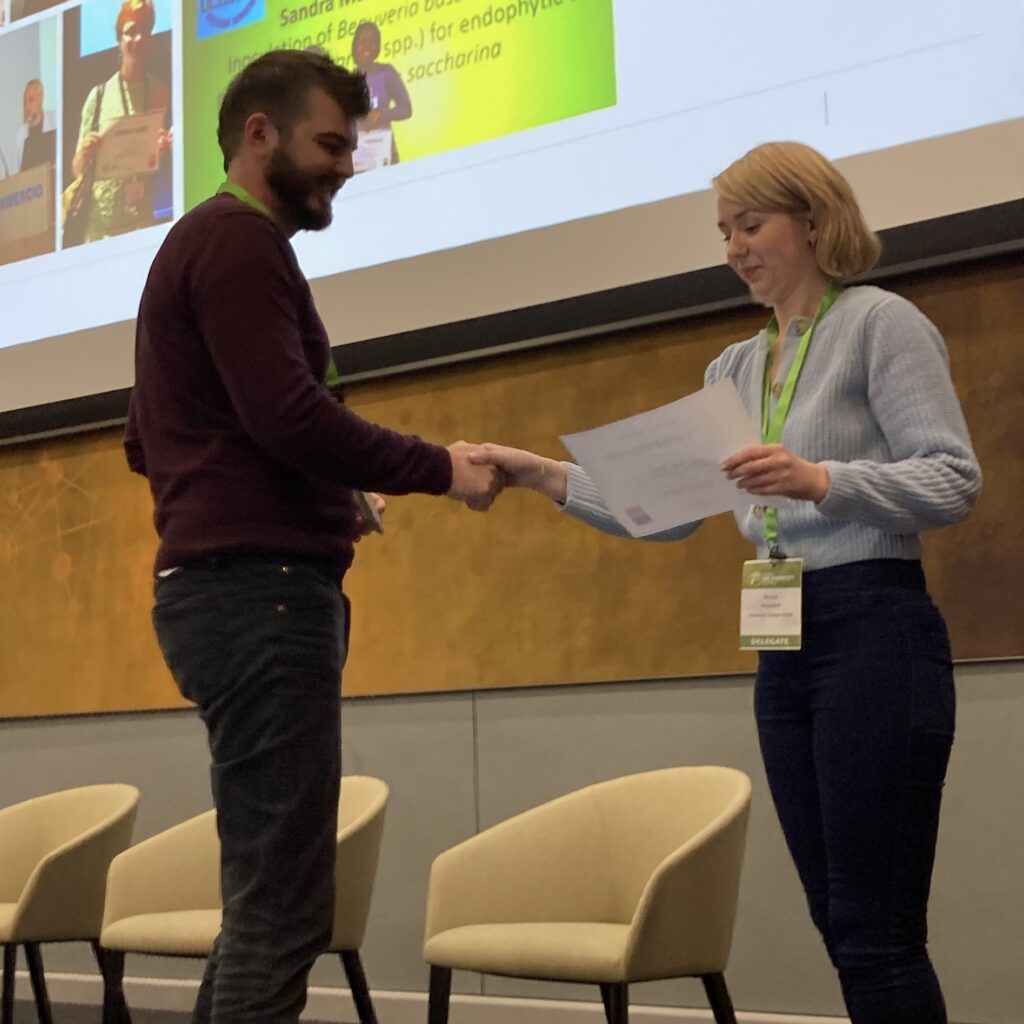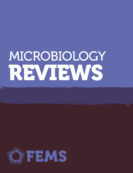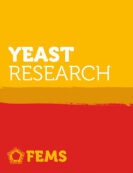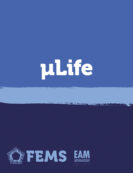FEMS Microbiology Letters poster prize: Sean Darcy
We send our congratulations to Sean Darcy, who won the best poster prize at the 3rd Global Soil Biodiversity Conference. This prize is sponsored by our journal FEMS Microbiology Letters.
Sean’s poster was titled “Modelling connectivity of microhabitats: you can run but can you hide?”. The 3rd Global Soil Biodiversity Conference took place on 13-15th March 2023, in Dublin, Ireland.
Read our interview with Sean about his research below:

What is your current position, and what was your scientific journey to get there?
Currently I am finishing the first year of my PhD program with Prof. Christina Kaiser at the University of Vienna in Austria. During my master studies (which got prolonged by COVID-19) I started to acquire more advanced data-science skills and develop an appreciation for methods to approach the seemingly endless complexity and unanswered questions about microbial communities assembly and their relevance for ecosystem functions. My main fascination lies with ecological theory and I am currently studying soil microbial communities and their response to climate change through the lens of complex system science.
Could you describe the research your poster covered?
Soil microbial ecologists intent on investigating soil microbial ‘communities’ will often take soil cores, homogenize them and sequence a certain amount of material. However, soil micro-habitats probably contain distinct communities and this approach likely muddies the possible observations one can make about actual causal associations. We aim to assess how imprints of assembly processes can be retrieved and how they scale with sampling volumes.
We tackle this issue by investigating data we generated with a model we call SAMSARA (Simulating Association: a Model for Spatio-temporal Assembly Rule Analysis). We use it to simulate community assembly for habitats in 3D resource landscapes and pool them within given spatial extents. We show how increased resource patch size non-linearly increases variance explained by space and observe a transition for the connectivity of habitats at the percolation point (where the network of habitats becomes fully connected). Here we can explain a maximum of community variance by both their spatial organization and resource composition. We systematically show how these patterns persist but become less detectable for larger sampling volumes. Currently, through ‘reconstructing’ associations (via species’ similarity in resource preference and interactions) we are quantifying the inferences we can make from species co-occurrences and aim to describe their scaling behavior.
What do you hope to focus your research on in the future?
I see great potential in isotope tracing studies and am following important methodological developments allowing us to better investigate microbial species traits on a system scale. Besides, I am also passionate about modelling methods that allow us to mechanistically approach complex systems and can only envision a career in which I also contribute to their development by scrutinising their validity and refining their capabilities. I also want to advertise SAMSARA. It is a versatile model which can be applied to any ecosystem type from the micro- to the macro-scale and can even be informed by real data. I hope to make it broadly available soon and am also excited to find interested collaboration partners.
–
We use income from the FEMS Journals to fund grants, awards, and projects, and to support our knowledge sharing events and initiatives. Consider publishing your research with our journals to help the global microbiology community.
All but one of the FEMS journals are now fully open access (OA), with one journal, FEMS Microbiology Letters remaining a subscription journal with free-to-publish and OA options. Open access is key to supporting the FEMS mission of disseminating high quality research as widely as possible: when high quality, peer reviewed sound science is open access, anyone, anywhere in the world with an internet connection, can read it.








